Why do roses turn black buds and what to do about it?
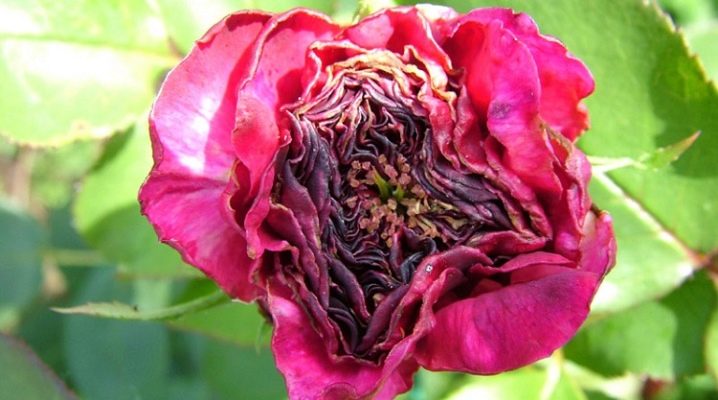
The need to understand why the buds of roses turn black arises for many enthusiastic gardeners. There are many reasons why flowers turn brown at the tips without opening, from diseases to unfavorable conditions of detention. A detailed overview of the main methods of combating and preventing such phenomena will help to understand what to do with such plants in the garden.
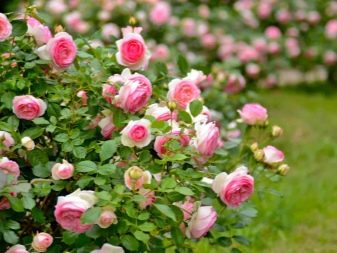
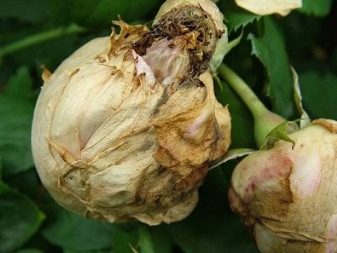
Causes
If the pink buds turn brown at the ends of the petals, it is worth sounding the alarm only as a last resort. First, the gardener needs to diagnose the plants, carefully examine them. The focus is on the following points.
- Localization... When the rosebuds turn brown at the ends only on the outside, keeping the normal color on the inside, it is worth examining them more closely. Yellowing and withering leaves, slickness and wilting of flowers before blooming indicate waterlogging of the site.
- The presence of stains. They appear on the leaves at the same time as bloom from below. At the same time, the petals from above and along the edges turn black and fall off. This is how peronosporosis is manifested - a fungal disease.
- The appearance of ulcers and mucus... Plants are clearly rotting, becoming slippery. The petals turn brown, turn brown, become covered with ulcers and dark graphite spores in the form of a plaque. This is how gray rot develops.
- Spotting inside and outside the petals. When the bud breaks, small black insects are visible. This is a sign of a rose infestation with thrips.
- The shoots at the base of the buds dry and turn black. If ring-shaped signs of damage appear, while the buds also die without blooming, it is worth diagnosing the disease. This is how the black leg is manifested - a fungus, as well as a bacterial or viral infection.
- Darkening and death after antifungal treatment. Spraying roses with iron sulfate at the budding stage leads to just such consequences. To avoid unpleasant manifestations, it is enough to postpone spraying to late autumn. The already dead flowers are cut.
Having identified the reasons for the blackening of the buds, you can proceed to eliminate them. In some cases, complex treatment will be required. Improper care that affects the condition of the flowers is quite easily corrected during the season.
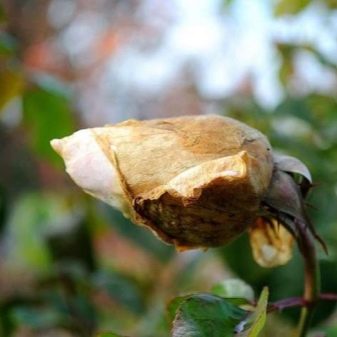
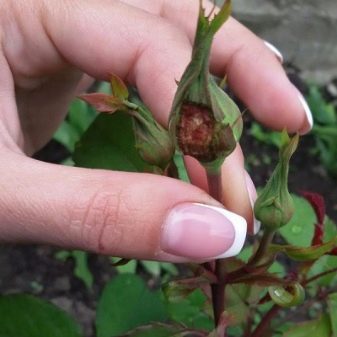
How to treat?
If black spots, dots appear on the leaves, slightly affecting the flowers, the cause of the problems is most often the fungus. Treatment begins with the removal of the affected areas. Usually, by this time, you can see that the unblown buds are covered with a slimy coating, and the edges of the petals have signs of necrosis. All cut shoots, peduncles are burned. The rose garden is sanitized with fungicidal preparations. The following drugs and doses are most effective in the treatment of peronosporosis and gray rot.
- Ridomil Gold. The liquid concentrate in ampoules is diluted in a proportion of 50 ml per 10 liters of water. The composition is sprayed on the bushes in the rose garden, as well as the soil under them.
- Previkur Energy. The spray solution is prepared by dissolving 25 ml of the liquid agent in 5 liters of water. A weaker concentrate is suitable for soil disinfection. 10 liters of water with 15 ml of fungicide are added under each bush.
- "Switch". The dry substance is dissolved in 10 liters of water - 2 g is enough. The resulting mixture is used for spraying, sprayed in a rose garden.
- Teldor... The powder dissolves in water at a concentration of 1 g per 1 liter of water. It is used for disinfecting soil, spraying bushes.
The use of antifungal drugs is carried out in the morning or evening. It is important that direct sunlight at this time does not fall on the plants.... Better to choose calm, cloudy days. A day after applying fungicides, it will be useful to spray the roses on the leaf with potassium humate in solution. Simultaneously with the fight directly against the causative agent of fungal infections, the associated risk factors should also be eliminated. Establish a mode of ventilation in a greenhouse or greenhouse, adjust watering. When grown in open ground, the plantings are thinned out, the soil surface is slightly dried.


Thrips attacks are another reason for the appearance of signs of necrosis on rosebuds... Since insects settle directly inside the flower, it can be difficult to detect them until the petals are completely dry and die off. In the absence of external signs of the disease, it is worth carefully examining the corolla. Insects are miniature, move quickly, easily adapt to different types of pesticides.
The fight against these pests can be delayed. It is worth preparing for a long confrontation with insects. The following types of insecticides will be most effective.
- Fitoverm. A biological drug that is not addictive. Affects insects at all stages of development. For spraying, prepare a solution of 20 ml of the drug and 10 liters of water.
- "Inta-Vir"... A toxic chemical for use in open rose gardens. Supplied in tablets, each of which dissolves in 10 liters of water. Roses are sprayed exclusively in dry weather, since the solution from leaves and shoots is easily washed off with water.
- "Vertimek"... The drug is effective only in the early stages of plant infection with thrips. Diluted in 5 ml per 10 liters of water. The concentrate is enough to process a small rose garden.
The use of insecticides also involves additional measures to save roses. Bushes free from infested flower stalks. Spraying is carried out in series, with repetition after 10 days.
The trunks are also necessarily disinfected with insecticides in order to destroy the eggs and larvae of pests. The soil is preliminarily loosened, and the preparations are changed with each subsequent treatment in order to avoid a decrease in their effectiveness.
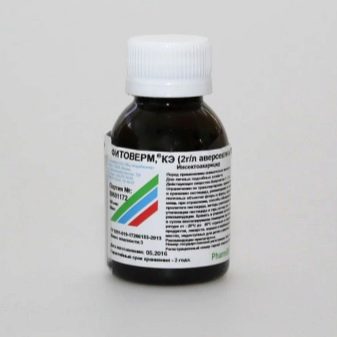
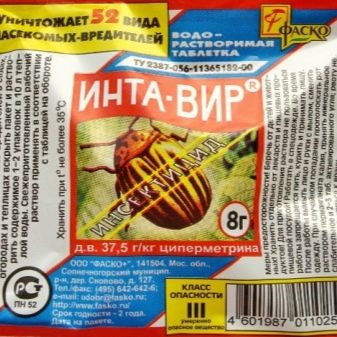
Prevention methods
Taking good care of your roses in the garden is the main measure to protect them from disease. Most often, the buds turn black due to excessive thickening or waterlogging of the plantings. The situation can be normalized by performing sanitary pruning, as well as reducing the amount of irrigation. A number of the most simple and effective preventive measures can be identified.
- Airing a greenhouse or greenhouse... It allows you to reduce the level of humidity, adjust the temperature difference outside and inside the building.
- Mulching the soil surface. In case of waterlogging, the backfill layer is temporarily removed to dry the soil. Replaced with non-woven fabric.
- Removal of blackened buds along with peduncles. This will prevent the spread of the infection if the infection has already developed.
- Thorough thinning of the crown... This will create conditions for good ventilation in indoor and outdoor rose gardens.
- Correct formation... In climbing varieties, the shoots are arranged in a fan-like manner, in ground cover varieties they are raised on support-spears.
- Top dressing... They will help to cope with stress factors of micronutrient fertilizers based on silicon and potassium.
Taking care of high-quality and thorough care of roses, you can significantly reduce the risk of black spots or edges on the buds. Paying enough attention to prevention, the gardener will be able to achieve a beautiful and lush flowering even from the most capricious bush plants.
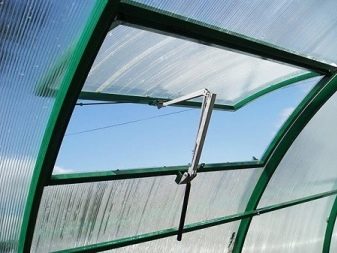
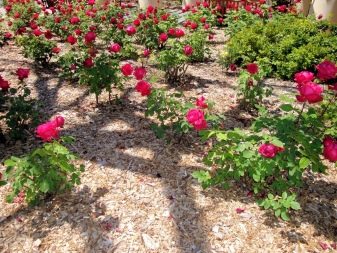

































































































The comment was sent successfully.